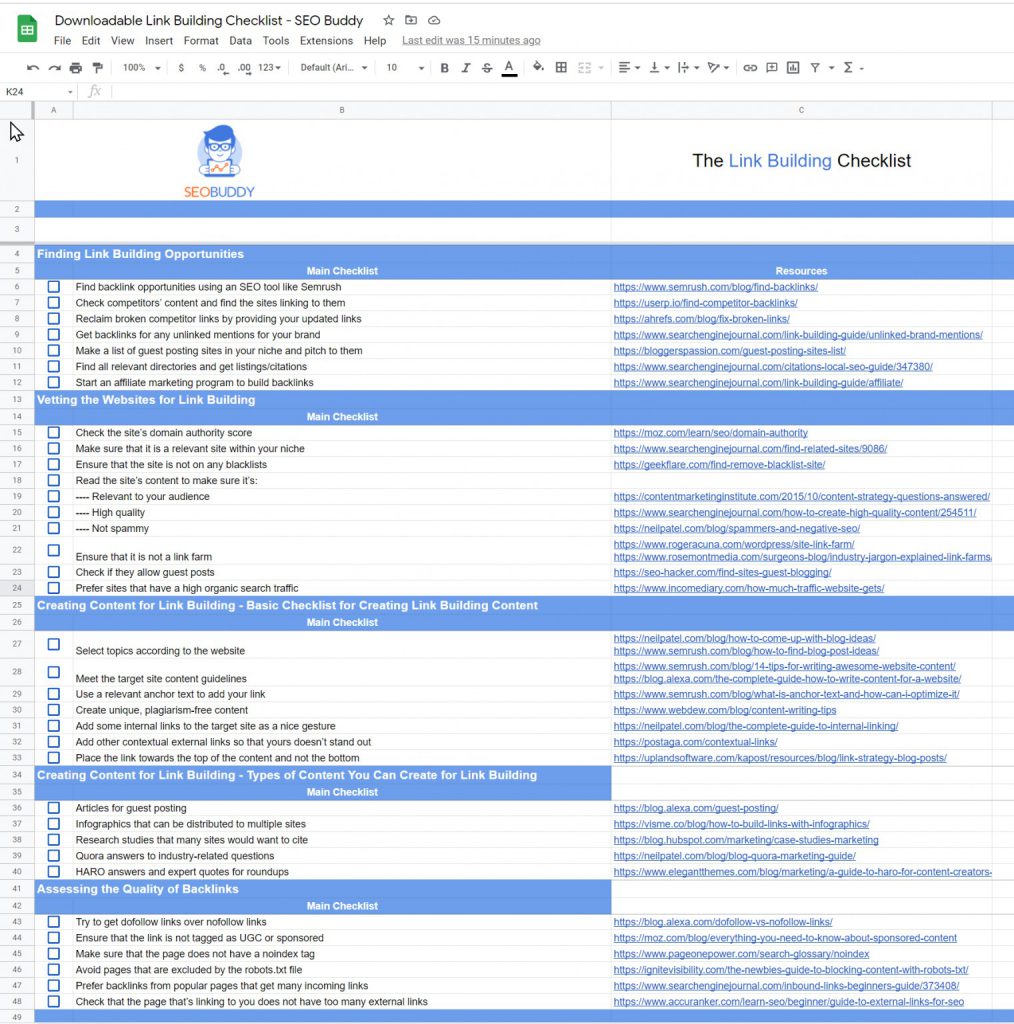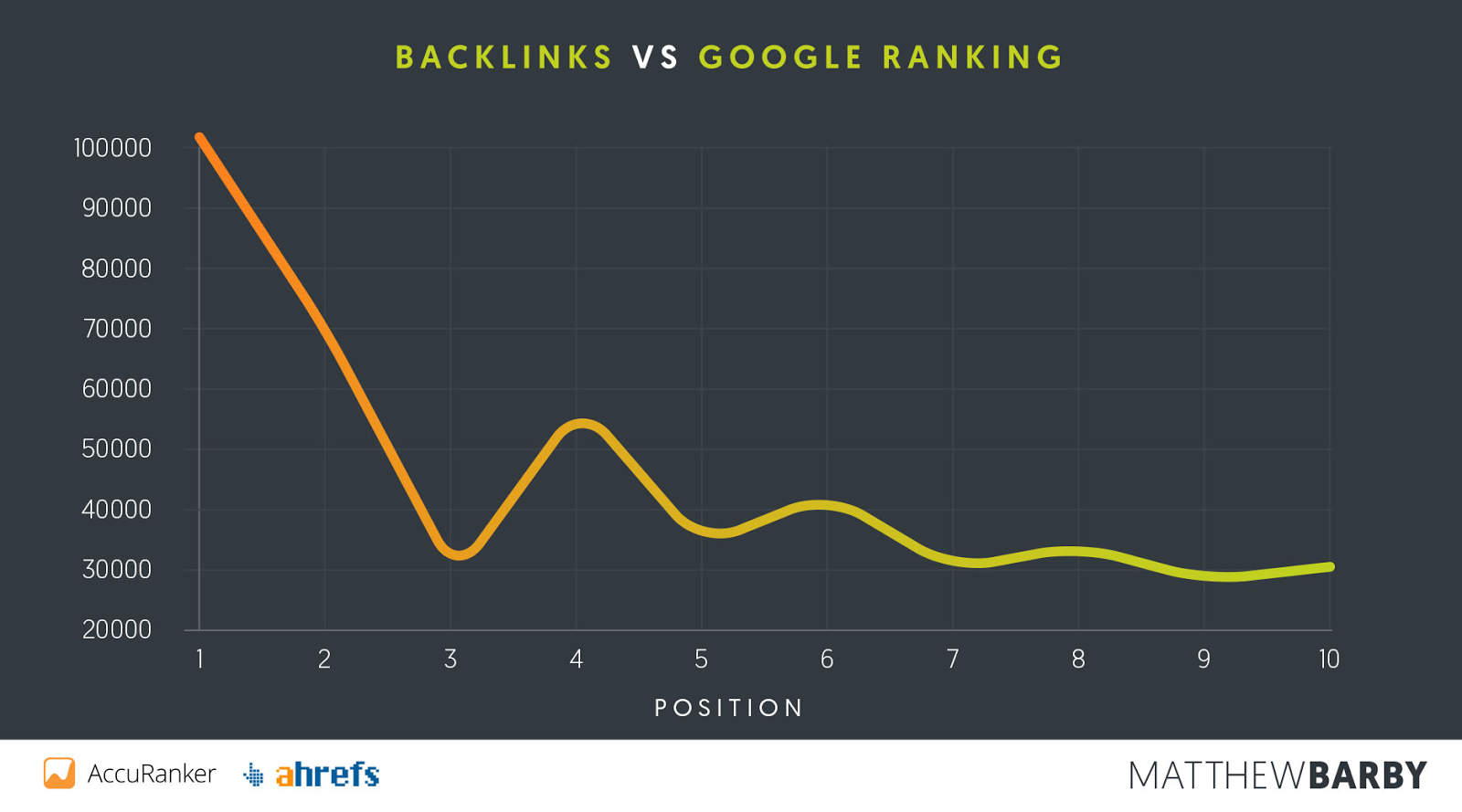All Categories
Featured
Table of Contents
- – Which Brand Of Semantic Search Engine Results ...
- – How Do I Find A Semantic Seo For Beginners Ser...
- – Top Semantic Search Ranking Improvements Stor...
- – What Is The Leading Nlp For Semantic Seo Busi...
- – Top-Rated Semantic Seo
- – How Much Should I Pay For Implementing Seman...
- – What Is The Top Semantic Seo Strategies Prod...
The internet is changing, coming to be an increasing number of semantic. SEO is additionally transforming and ending up being extra semantic. This is because online search engine have actually developed and are relocating increasingly more towards checking out material on the internet. Obviously, that has also changed the way we develop content, especially if we intend to place better in the online search engine.
, the leader of the Internet, mentioned to stand for the idea that all points in the cosmos are deeply interconnected. Intertwingularity is not usually recognized, individuals keep pretending they can make points deeply hierarchical, categorizable and consecutive when they can't. Whatever is deeply intertwingled. Based on the partnerships between search intentions, the internet search engine chooses a content in placing by calculating the distance in between the vectors of significance.
It allows you to see, beginning with a topic, all the entities that belong to that topic. This way you can clearly see which entities/concepts/ideas have actually already been covered on your web site, and you can uncover brand-new possibilities by understanding what content you can include and how to develop it.
Which Brand Of Semantic Search Engine Results Pages (Serps) Is The Top?
It has the ability to make your material easy to understand for internet search engine on the one hand and for your target market on the various other. Structuring your content model highlights your content and its underlying partnerships to ensure that search engines can acknowledge you amongst thousands of items of details, making you extra noticeable to individuals that satisfy the search intent pertaining to your organization.
In semantic search engine optimization copywriting, an editor begins from a more comprehensive variety of subjects and tailors the material to include semantically appropriate terms and phrases that assist readers comprehend a subject, similar to reviewing material in a wiki. From a web content creating viewpoint, one sensible way to do this is to create a vocabulary of terms and questions surrounding your target subject.
How Do I Find A Semantic Seo For Beginners Service?
Find out much more regarding by watching the by!.

Semantic search describes the process of just how internet search engine recognize and match key phrases to a searcher's intent in organic search engine result. Before semantic search, search engines like Google ran like matchmakersaligning certain words in your inquiry with those specific words on web pages. The results were uncomplicated however usually lacked depth.
Top Semantic Search Ranking Improvements Store Near Me
It enables Google to provide quick, precise responses to look inquiries concerning real-world topics. When you type a query word into Google, you're not just getting in a series of words. You use a complicated internet of meanings and connections. Google's Knowledge Chart sees these words as entities with context and connections.
When you search for "Apple," Google does not simply see a word that explains a fruit. It identifies Apple as a business and can offer associated info. Like the name of its chief executive officer, Tim Chef, or its latest stock rates. Google introduced the Hummingbird upgrade in 2013. It was Google's response to the surge of voice searches, where inquiries ended up being extra conversational and nuanced.
What Is The Leading Nlp For Semantic Seo Business?
By integrating NLP, Hummingbird enabled Google to move past mere keyword matching. It helped the search engine comprehend search intent, increasing the odds that results would properly match the factor behind a customer's search.
Making it a lot more efficient at managing never-before-seen search questions. RankBrain thinks about even more than simply search phrases when analyzing a search inquiry.
It brings outcomes that match the key words and straighten with the overall intent of providing puppy training guidance. And if the individual regularly looks for dog-related web content, Google could prioritize much more in-depth training guidesrecognizing the individual's continuous rate of interest in the subject. Combining modern technologies like the Knowledge Graph, Hummingbird, and RankBrain, semantic search helps the Google algorithm analyze and connect information throughout a vast web of information.
Top-Rated Semantic Seo
The focus shifts from keyword selection to a holistic method incorporating user intent, topical importance, and general individual experience. Producing web content that addresses the searcher's demands with detailed details can boost your SERP rankings. Listed below, we outline the patterns and techniques that settle the need for semantically educated content. Later, we provide actionable ideas to transform these insights into best practices.
And sort of content can best please their requirements. A wider strategy to material aligns much better with semantic search's shift far from specific key phrase matching and toward individual intent. Which clarifies the increased concentrate on topic clusters, as opposed to private key phrases. Web content that covers search questions much more extensively not just pleases customers.
UX intends to develop a visually enticing, easy to use user interface with appealing, quality content that encourages site visitors to stay. Semantic search technology makes it possible for search engines to intend for outcomes that offer the best feasible UX.
How Much Should I Pay For Implementing Semantic Seo?

All showcase Google's ability to deal with a topic question comprehensively. By recognizing the context and intent behind user queries, internet search engine can supply more relevant details and potentially boost individual interaction. Personalization in search engine result makes for far better UX.Based on your previous search background and preferences as a customer, semantic search helps browse engines tailor the results to fit your unique demands and passions.
So it brings results that match the search phrases and straighten with the general intent of supplying young puppy training guidance. And if the customer frequently browses for dog-related material, Google might focus on extra comprehensive training guidesrecognizing the customer's recurring interest in the subject. Combining modern technologies like the Expertise Graph, Hummingbird, and RankBrain, semantic search helps the Google algorithm interpret and connect information across a huge internet of information.
What Is The Top Semantic Seo Strategies Product?
The focus shifts from keyword selection to an alternative method encompassing customer intent, topical relevance, and overall user experience. Producing web content that attends to the searcher's demands with thorough details can boost your SERP positions. Listed below, we lay out the trends and techniques that consolidate the requirement for semantically informed content. Later on, we provide actionable suggestions to turn these understandings right into finest techniques.

A more comprehensive method to content aligns much better with semantic search's shift away from exact keyword phrase matching and toward user intent. Content that covers search inquiries much more completely not only satisfies customers.
UX intends to produce an aesthetically appealing, user-friendly user interface with appealing, high quality content that urges site visitors to remain. Semantic search modern technology makes it possible for search engines to aim for results that supply the ideal possible UX.
All display Google's ability to deal with a topic query comprehensively. By recognizing the context and intent behind customer queries, online search engine can supply much more relevant information and potentially boost customer interaction. Customization in search engine result produces much better UX.Based on your past search background and choices as a user, semantic search assists internet search engine customize the results to suit your special requirements and rate of interests.
Table of Contents
- – Which Brand Of Semantic Search Engine Results ...
- – How Do I Find A Semantic Seo For Beginners Ser...
- – Top Semantic Search Ranking Improvements Stor...
- – What Is The Leading Nlp For Semantic Seo Busi...
- – Top-Rated Semantic Seo
- – How Much Should I Pay For Implementing Seman...
- – What Is The Top Semantic Seo Strategies Prod...
Latest Posts
What Is The Most Recommended Semantic Seo Analysis Service For The Money
Top Schema Markup For Semantic Seo Dealer Near Me
Which Is The Premier Semantic Search Strategies Company?
More
Latest Posts
What Is The Most Recommended Semantic Seo Analysis Service For The Money
Top Schema Markup For Semantic Seo Dealer Near Me
Which Is The Premier Semantic Search Strategies Company?